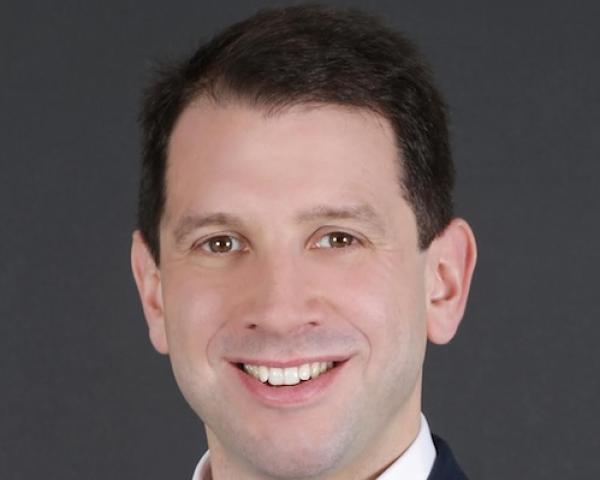People still talk about international broking as if it were a chain of tasks. Quotes come in, documents go out, placements get issued, premiums are tracked. The workflow looks neat on a dashboard. But that view hides the real substance of the work.
What actually holds a multinational insurance program together is not the list of deliverables. It's the structure that lets those deliverables happen at all. International broking is not a service pipeline. It is a system under pressure, held together by coordination, interpretation, and rhythm. And when it's misunderstood, things don't break loudly. They slowly fall out of alignment.
The broker operates at the center of this system. Not just as a go-between but as the one who sees how each part interacts with the others. The client has expectations. The local broker has constraints. The insurer has timelines. The reinsurer has their own frame. None of them see the full picture, but the broker is meant to keep the whole thing coherent. That requires more than following process. It requires shaping a space where tension doesn't turn into friction and where deviation doesn't spiral into drift.
What makes this system fragile is not a lack of competence. It's the volume of silent stress it absorbs. Every actor is operating under pressure. The client's HQ wants clarity. The local office wants autonomy. The underwriter wants data formatted their way. Meanwhile, no one controls the whole structure. And yet they all expect it to work. This is why coordination in international broking isn't just about sending reminders. It's about sustaining a system of partial control through alignment, trust, and timing.
The hardest part isn't the volume of work. It's the fact that the system is always on the edge of losing coherence. A delay in one country causes a shift in the client's internal deadlines. A misunderstood term in one binder raises doubts across the whole program. The structure reacts. And unless someone reads those reactions in time, they compound. One quote late becomes two. One frustrated broker becomes disengaged. One unclear update becomes a signal that the broker isn't in control. And trust doesn't vanish in a crisis. It thins over time.
Tools can help track movement, but they don't create meaning. You can have a perfect table of milestones and still lose control of the system. That's because what actually drives program success is interpretive. Knowing when a silence matters. Knowing when to push and when to wait. Understanding why one office is late, not just that it is. These things aren't captured in KPIs. But they're what determines whether the program holds.
International coordination is often mistaken for middle management. In reality, it's the most exposed and structurally important role in the system. It's where tension accumulates, where ambiguity lands, and where recovery starts. When a system begins to drift, it's not the tools that correct it. It's the person who notices that the tone of updates has shifted. That someone who used to respond in one hour now takes three days. That there's no escalation, just ambient hesitation. And knowing how to restore rhythm before anything explodes.
Thinking of broking as infrastructure changes how performance is judged. It's no longer about just being fast or responsive. It's about whether the structure can absorb a shock. Whether it holds coherence after a failed claim. Whether actors remain aligned under pressure. You can only judge that by seeing how the system reacts when something goes wrong. Does the team coordinate to protect narrative, or does it collapse into blame and silence? The answer tells you more than any placement stat.
As international programs become more complex, coordination becomes less about movement and more about design. Not design in a visual sense, but in how the system is built to bear weight. Do timelines match the actual capacity of the people involved? Are updates structured so different actors interpret them the same way? Is there a shared sense of how long silence is acceptable before intervention? These are structural questions. And if they're not answered in advance, they get answered in crisis.
The broker's role is not just to respond to requests. It is to hold the shape of the program while it moves through pressure. That includes building relationships that absorb short-term failure. That includes managing time not just in days but in signals. And that includes preserving a narrative that makes the program make sense to all sides. Because when that narrative is lost, even efficient delivery feels random. And when it feels random, the client starts asking questions they used to trust you to handle.
What international broking needs is not more dashboards. It needs a clearer understanding of what holds the system together. And it's not speed or volume. It's coherence. The broker is not just a deliverer of coverage. They are the person responsible for keeping a structure alive. And when that role is taken seriously, the system starts to respond differently. People work with you, not around you. Delays become manageable. Tension becomes signal, not threat.
This is not a romantic view. It's the practical reality of running complex programs across jurisdictions, languages, legal codes, and internal client politics. The work doesn't fail loudly. It frays. And the only way to keep it together is to see the job for what it really is. Strategic control through structural care. Quiet pressure management. And design in motion.








